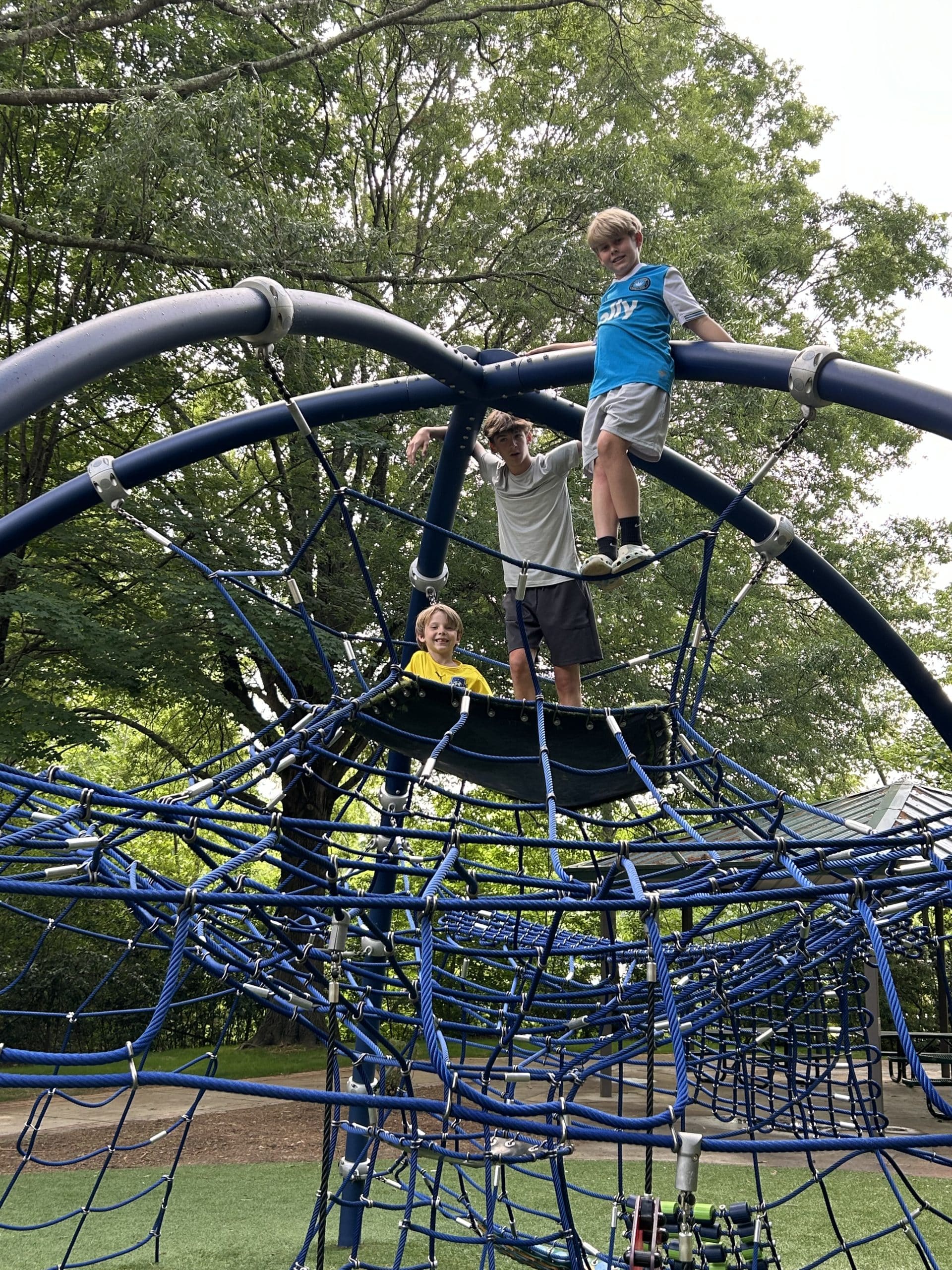Community involvement gives a teacher the edge in managing the classroom. As the community is involved in the learning of students, academia improves. Students meet success and are more confident. Involvement in the community means donating to schools, neighborhood associations, government, and profit, and for-profit organizations.
As schools connect to the local communities, students get real-world experiences. Also, it helps maximize resources. Students get to see what the community offers.
- A visit to the museum or have the museum visit the classroom. This experience ignites a student’s interest in supporting history and science.
- Invite local professionals to work with students on problem-solving projects. Individuals can discuss issues.
- Interviews with local community people give students personal experiences with people. They can interview an immigrant or inquire about a person’s experience.
- Local working professionals and retired professionals can share knowledge of real-world work experiences.
- Students need to engage in community service of a non-profit organization. They learn about marketing and campaigns.
It’s a challenge to motivate students. Today, students have short attention spans and do not care about academic achievement. Academics are usually the concern of teachers and school staff. However, much of a student’s experiences happen outside the classroom. It makes sense to integrate the community in the classroom. The National Educational Association states “when schools, parents, families, and communities work together to support learning, students tend to earn higher grades, attend school more regularly, stay in school longer, and enroll in higher level programs”.
Community Involvement Strategies
Community involvement leads students to become good citizens. It helps students achieve more when they work together. There are many strategies to connect the school and the community.
- Consider communities and families equally. They must consider the strengths and value of resources outside the classroom.
- Brainstorm ways to connect outside the classroom.
- Involve all members in the learning process with community-building activities.
- Create bonds with the neighborhood and local businesses through being seen. Take part in events.
- As a school, create a community map of resources available to use with students.
- Welcome volunteers into the school.
Schools everywhere open their doors to the community. They meet members of the community and invite them to do the same. They welcome them into planning sessions and decision-making sessions. They create spaces for members to meet. They continue to explore new ways to involve their community in the education process.



